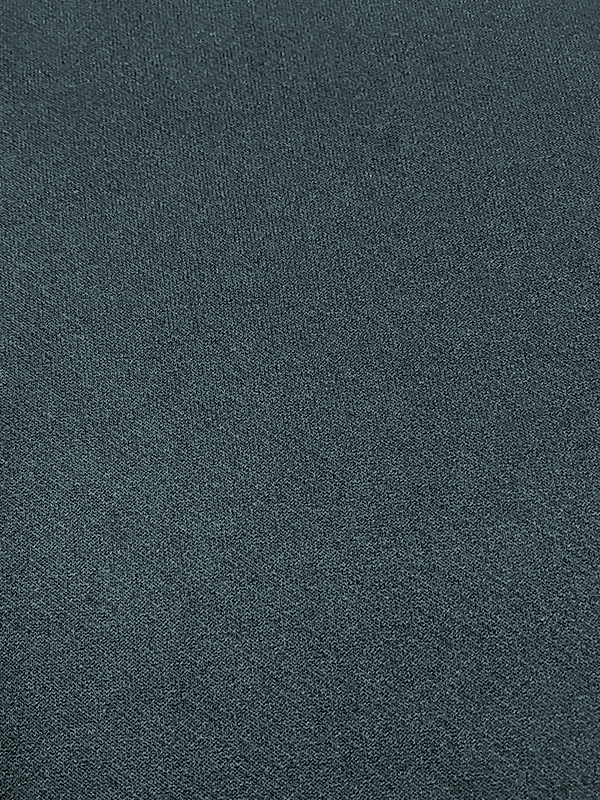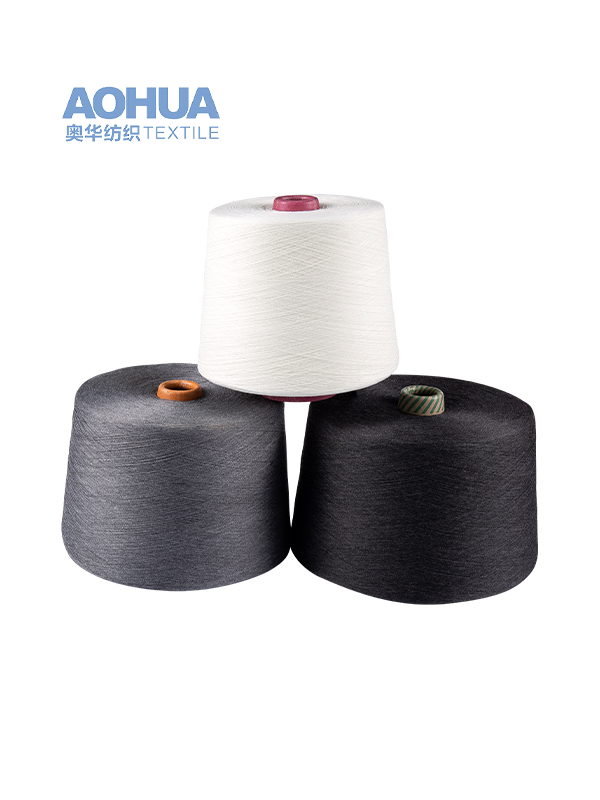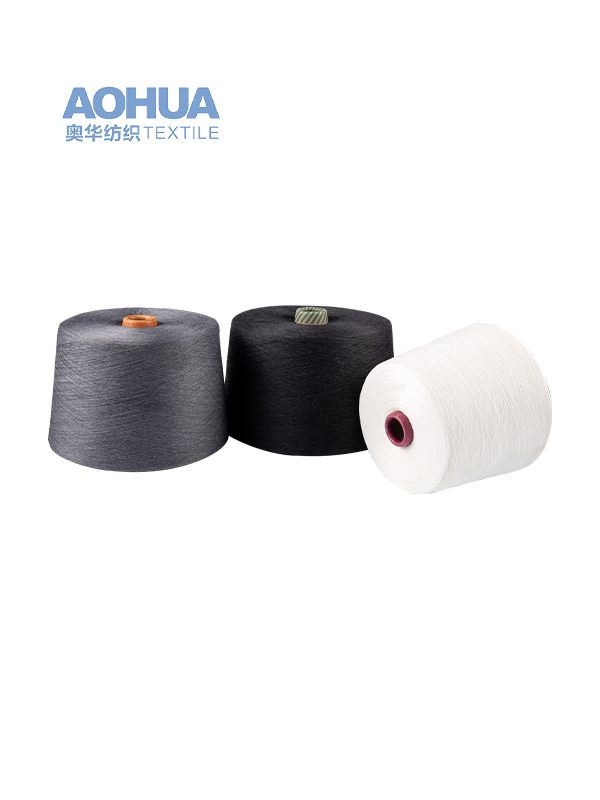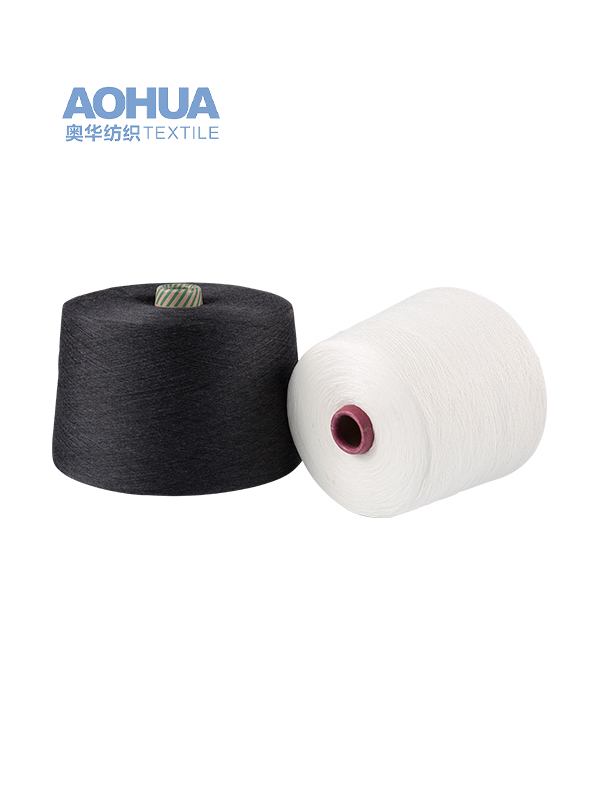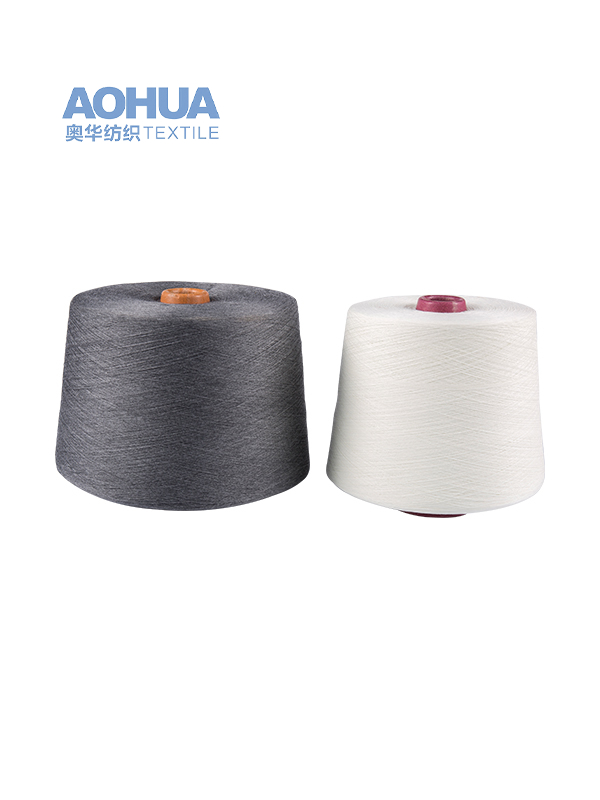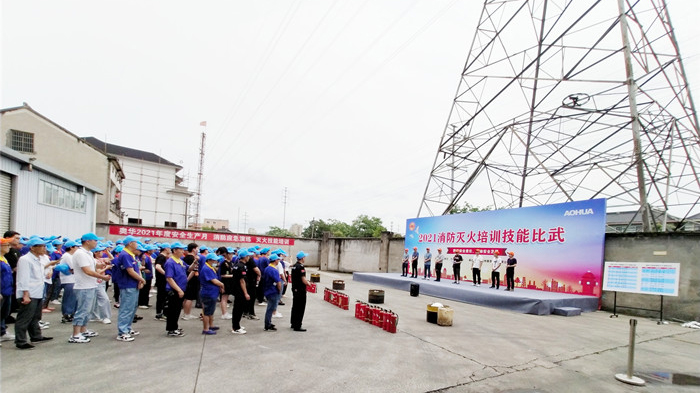We are a national high-tech enterprise. At present, there are many kinds of self-woven and cooperatively processed fabrics, including microfiber warp-knitted towel cloth, weft-knitted towel cloth, coral fleece, etc.
Improving the texture and comfort of woven fabric involves enhancing its tactile qualities, making it soft, smooth, and pleasant to touch. The comfort of woven fabric is essential, especially when it comes into direct contact with the skin. Here are some strategies to enhance the texture and comfort of woven fabric:
Fiber Selection:
Choose high-quality and soft natural fibers such as cotton, silk, or Tencel (lyocell). These fibers are known for their smooth and comfortable texture.
Yarn Structure:
Select fine or finely spun yarns to create a softer fabric texture. Fine yarns create a smoother, more refined surface.
Weave Pattern:
Consider weave patterns that provide a soft handfeel, such as satin weaves. Satin weaves create a smooth, lustrous surface that feels luxurious and comfortable against the skin.
Blending Fibers:
Blending natural fibers with synthetic fibers like modal or microfiber can improve softness and comfort. Synthetic fibers can contribute to a silkier feel and may also enhance durability.
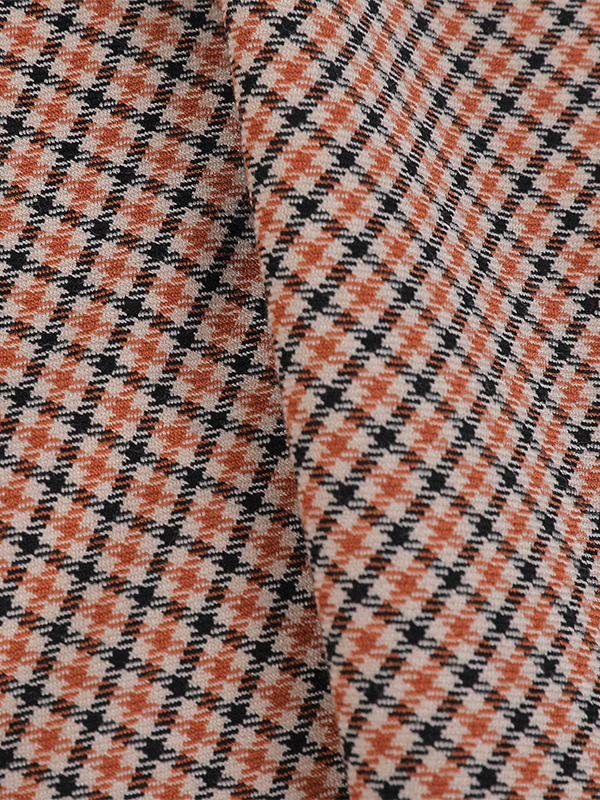

Fabric Finish:
Employ fabric finishes or treatments, such as enzymatic softeners, silicones, or mercerization (for cotton), to improve the fabric's handfeel and make it smoother and more comfortable.
Laundering:
Soften the fabric through laundering. Repeated washing with a mild fabric softener can improve the fabric's texture and make it feel softer over time.
Pre-Shrinking:
Pre-shrinking the fabric during the manufacturing process can make it feel softer and more comfortable from the beginning. This step can also minimize post-purchase shrinkage.
Brushing or Sueding:
Some fabrics are brushed or sueded to create a softer, fuzzy texture. This process can be used on natural and synthetic fabrics to improve comfort and warmth.
Fabric Layering:
Consider using multiple layers of fabric in products like blankets, comforters, and quilts to create a plusher, more comfortable feel.
Thermo-Regulating Fabrics:
Some specialty woven fabrics are designed to have thermal properties, helping to regulate temperature and improve comfort. Fabrics with phase-change materials or advanced moisture-wicking properties can provide a comfortable sleeping experience.
Fabric Type:
Choose fabrics that are well-suited to specific applications. For example, when selecting bedding, percale cotton and sateen weave cotton are popular choices for their smooth and comfortable texture.
Thread Count:
Opt for fabrics with a higher thread count or thread density for a smoother and softer texture. Higher thread counts often result in a denser and more comfortable fabric.
Testing and Sampling:
Prior to selecting a fabric, conduct touch tests and compare samples to ensure that the chosen fabric feels comfortable to the touch.
It's essential to consider the specific application and individual preferences when seeking to enhance the texture and comfort of woven fabric for a particular use, whether it's clothing, bedding, upholstery, or other textiles.

 English
English 中文简体
中文简体